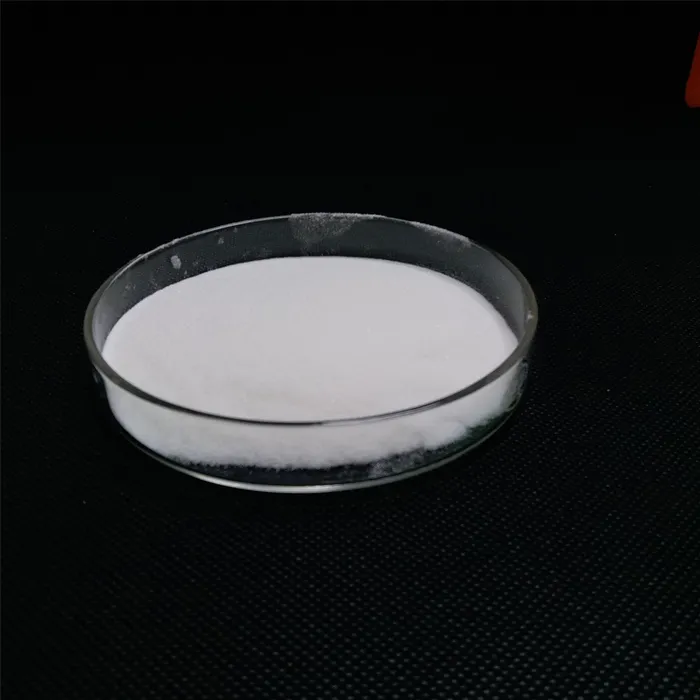Pentoxifylline Powder A Comprehensive Overview
Pentoxifylline is a medication that belongs to a class known as xanthine derivatives. It is most commonly used for its ability to improve blood flow by reducing blood viscosity. This makes it particularly useful in treating conditions associated with poor circulation, such as peripheral vascular disease, and for managing complications related to diabetes, such as diabetic ulcers. In this article, we will explore the properties, uses, and potential side effects of pentoxifylline powder.
Chemical Properties and Mechanism of Action
Pentoxifylline, chemically known as 1-(5-oxohexyl)-3,7-dimethylxanthine, is a methylxanthine derivative that affects the red blood cells and blood plasma. The medication works primarily by increasing the flexibility of red blood cells, allowing them to navigate through the microcirculation more easily. This improved flexibility helps to decrease blood viscosity and facilitate better oxygen delivery to tissues.
Additionally, pentoxifylline inhibits the aggregation of platelets, which further aids in enhancing blood flow. It also possesses anti-inflammatory properties, making it beneficial for treatment regimens that require modulation of inflammatory responses. The drug’s combination of effects helps alleviate symptoms associated with various vascular disorders.
Medical Applications
Pentoxifylline powder is used in a variety of therapeutic settings
1. Peripheral Arterial Disease (PAD) Patients suffering from PAD often experience pain in their legs due to inadequate blood flow. Pentoxifylline can improve walking distance and reduce the cramping pain associated with this condition.
2. Diabetic Ulcers For patients with diabetes, pentoxifylline has shown promise in promoting healing of chronic ulcers, particularly those located on the feet. Improved circulation aids in the delivery of nutrients essential for wound healing.
3. Cirrhosis and Chronic Liver Disease There is research suggesting that pentoxifylline may have a role in treating jaundice and improving liver function in patients with liver cirrhosis.
pentoxifylline powder

4. Acute Pancreatitis Some studies indicate that pentoxifylline may reduce pancreatic inflammation and improve outcomes in acute pancreatitis.
Administration and Dosage
Pentoxifylline is commonly available in both oral and injectable forms. The oral dosage typically ranges from 400 mg to 1200 mg per day, divided into multiple doses. It is important for patients to follow the prescribed dosage as determined by their healthcare provider.
This medication should be taken with food to minimize gastrointestinal side effects, which can include nausea, vomiting, and diarrhea. Patients are encouraged to maintain regular consultations with their healthcare provider to monitor for effectiveness and any potential side effects.
Potential Side Effects and Considerations
While pentoxifylline is generally well tolerated, it can cause side effects in some individuals. Common side effects include dizziness, headache, gastrointestinal disturbances, and skin reactions. Serious side effects, although rare, may include cardiovascular events such as arrhythmias or hypotension.
Patients with a history of bleeding disorders, recent surgery, or those taking anticoagulants should use pentoxifylline with caution due to its blood-thinning effects. Pregnant or breastfeeding women should also consult their healthcare provider before using this medication.
Conclusion
Pentoxifylline powder represents an important option in the management of various vascular and circulatory disorders. By enhancing blood flow and promoting tissue oxygenation, it aids in alleviating symptoms and improving the quality of life for many patients. As with any medication, understanding its mechanism of action, potential benefits, and risks is essential for safe and effective use. Always consult with a healthcare provider for personalized medical advice and treatment options.

